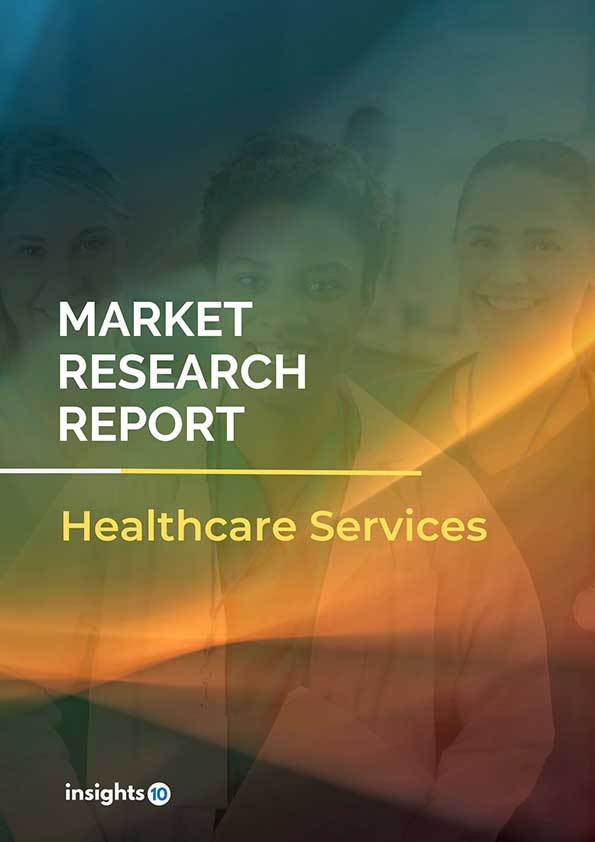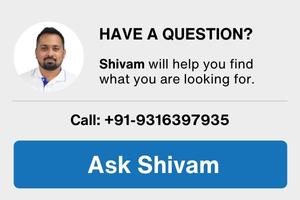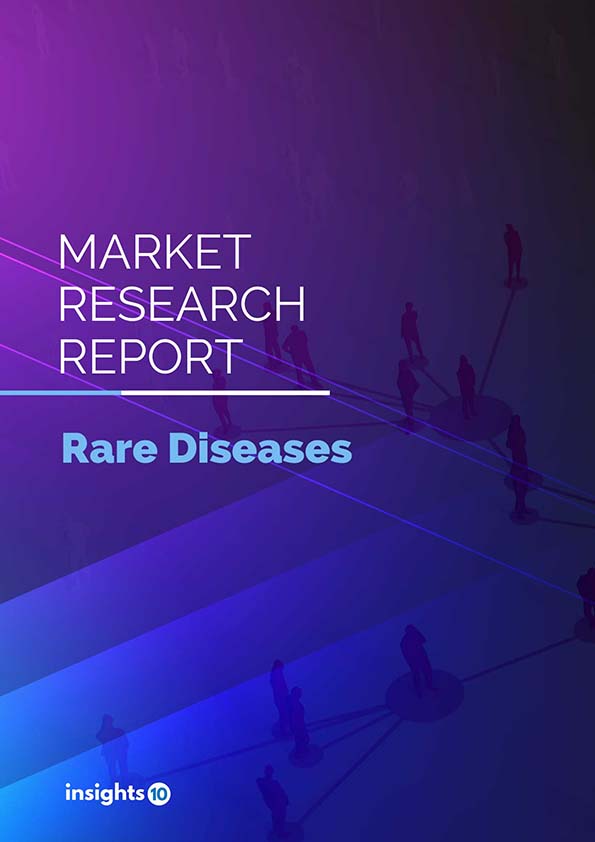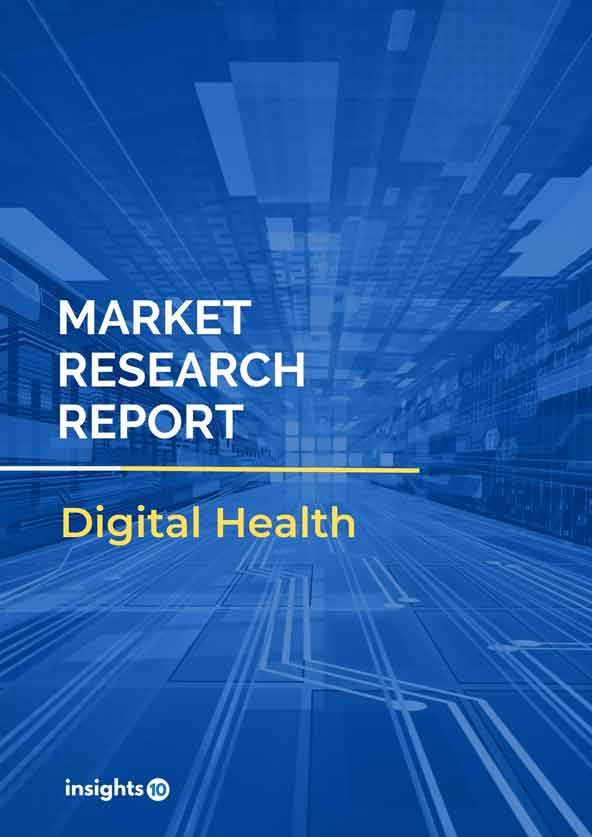Italy Connected Healthcare Market Analysis
Italy's connected healthcare market is projected to grow from $1.59 Bn in 2022 to $11.41 Bn by 2030, registering a CAGR of 27.9% during the forecast period of 2022-30. The main factors driving the growth would be the rising geriatric population, chronic disease prevalence, technological advancements and government support. The market is segmented by type, function and by application. Some of the major players include Reply, D0Eye, Plusimple, Philips Healthcare, IBM and Siemens Healthineers.
Buy Now

Italy Connected Healthcare Market Executive Summary
Italy's connected healthcare market is projected to grow from $1.59 Bn in 2022 to $11.41 Bn by 2030, registering a CAGR of 27.9% during the forecast period of 2022-30. In 2019, Italy spent $2,906 per person on healthcare or 8.67% of its GDP. In 2019 health spending lagged substantially behind the EU average in both per capita spending and as a percentage of GDP. In 2019, the government paid for about 74% of health expenses, which is less than the average for the EU of 80%.
The market for connected healthcare refers to the use of digital technologies and connected devices to improve patient care and healthcare delivery. Pharmaceutical firms and healthcare organisations have also made progress with these technologies. During the pandemic year in Italy, 47% of specialists and 39% of family practitioners conducted teleconsultations. For instance, the ASST Grande Ospedale Metropolitano Niguarda started a televisit scheme to give patients who were bedridden follow-up exams. To lessen physical touch, some Italian hospitals also purchased inpatient remote monitoring systems or employed apps to monitor patients.

Market Dynamics
Market Growth Drivers
The Italy-connected healthcare market is expected to be driven by factors such as:
- Rising geriatric population- Italy has one of Europe's oldest populations, with more than 22% of its residents aged 65 and more. Due to the changing demographics, there is a greater demand for telemedicine and remote health monitoring services, which can help elderly people receive better care
- Chronic disease prevalence- Chronic conditions like cancer, diabetes, and cardiovascular disease are very common in Italy. By offering real-time monitoring, remote consultations, and individualised treatment regimens, connected healthcare devices can aid in managing these disorders
- Technological advancements- Innovative connected healthcare solutions, including wearable technology, mobile apps, and remote monitoring tools, are being developed by an increasing number of entrepreneurs and businesses in Italy
- Government support- The National Strategy for Digital Healthcare 2016–2018 and the Digital Agenda for Healthcare 2020 are some of the initiatives the Italian government has launched to encourage the development of digital healthcare solutions. For businesses and healthcare providers to implement linked healthcare technologies, these programs offer financing and support
Market Restraints
The following factors are expected to limit the growth of the connected healthcare market in Italy:
- Regulatory barriers- In Italy, the regulatory environment for connected healthcare is still developing, thus businesses may run into difficulties getting the necessary permissions and certifications for their goods and services
- Infrastructure challenges- Even while internet and mobile phone usage are quite widespread in Italy, some regions still have poor connectivity, which might restrict the accessibility and efficacy of remote healthcare services
- Privacy concerns- Concerns concerning data security and privacy are raised by the usage of connected healthcare technologies, especially in light of the General Data Protection Regulation (GDPR) and other European data protection legislation
Competitive Landscape
Key Players
- Reply (ITA)- Reply is a technology consultancy company that offers healthcare clients help with digital transformation. The business provides services in areas like cybersecurity, artificial intelligence, and cloud computing
- D-Eye (ITA)- Established in 2015 as a spin-off by Italian incubator M31 Italia Srl and technology developer Si14, Spa, the firm has developed the first modern smartphone-based digital ophthalmoscope, reintroducing the crucial 140-year-old ophthalmoscopy examination to clinical practice
- Plusimple (ITA)- The entire healthcare ecosystem is connected by Plusimple, a Plug & Play, a scalable, and secure platform, over a developing healthcare network. Plusimple enables smooth and secure interaction and communication amongst health stakeholders, including clinicians, patients, patient associations, and healthcare facilities
- Philips Healthcare- Philips is a global health technology pioneer, offering a wide range of linked healthcare products and services. The business provides services in the fields of medical imaging, telemedicine, and remote patient monitoring
- IBM- IBM is a multinational technology corporation that offers a variety of healthcare information technology solutions, such as electronic health record systems, medical imaging platforms, and population health management solutions. Moreover, the business delivers Watson Health, an AI-powered platform that offers insights into medical data
- Siemens Healthineers- Siemens Healthineers is a global leader in medical imaging, laboratory diagnostics, and healthcare information technology. The business provides a variety of connected healthcare goods and services, such as telemedicine and remote monitoring programs
Recent Events and Conferences
April 2023: e-Telemed 2023, the Fifteenth International Conference on e-health, social medicine and telemedicine is scheduled to be held in Venice, Italy from 24th April -28th April.
Healthcare Policies and Regulatory Landscape
With the development of connected healthcare technology during the past few years, the Italian healthcare market has been expanding quickly. The Italian Medicines Agency (AIFA), which is tasked with assessing and approving medical devices and digital health solutions, oversees the regulatory framework for linked healthcare in Italy. These solutions' quality, safety, and efficacy are evaluated by the agency, which also decides whether they qualify for marketing and funding.
In order to encourage the adoption of digital health solutions, such as telemedicine and e-prescriptions, the Italian government has put in place a number of measures. A law allowing for the financing of telemedicine services, such as remote consultations and chronic disease monitoring, was introduced by the government in 2017. The law also permits the reimbursement of electronic prescriptions, allowing patients to get their medications electronically. Also, the government has put in place a national electronic health record system (SEPS), which makes it possible for healthcare professionals to collect and share health data. The system enhances patient continuity of care and gives medical staff real-time access to patient data.
Reimbursement Scenario
Italy has a comprehensive healthcare system that offers all inhabitants access to care. To encourage the implementation of digital health solutions, such as telemedicine and e-prescriptions, the government has put in place a number of policies. The Italian healthcare system also has a well-established reimbursement strategy that includes connected healthcare technologies and covers a wide spectrum of healthcare services.
The Italian Medicines Agency (AIFA) is in charge of determining how connected healthcare solutions are reimbursed in the country. The organisation determines whether medical equipment and digital health solutions are eligible for reimbursement by assessing their quality, safety, and efficacy. The Italian government has created tax incentives and subsidies to encourage innovation and investment in the healthcare sector, in addition to the reimbursement policy for telemedicine and connected healthcare solutions.
1. Executive Summary
1.1 Service Overview
1.2 Global Scenario
1.3 Country Overview
1.4 Healthcare Scenario in Country
1.5 Healthcare Services Market in Country
1.6 Recent Developments in the Country
2. Market Size and Forecasting
2.1 Market Size (With Excel and Methodology)
2.2 Market Segmentation (Check all Segments in Segmentation Section)
3. Market Dynamics
3.1 Market Drivers
3.2 Market Restraints
4. Competitive Landscape
4.1 Major Market Share
4.2 Key Company Profile (Check all Companies in the Summary Section)
4.2.1 Company
4.2.1.1 Overview
4.2.1.2 Product Applications and Services
4.2.1.3 Recent Developments
4.2.1.4 Partnerships Ecosystem
4.2.1.5 Financials (Based on Availability)
5. Reimbursement Scenario
5.1 Reimbursement Regulation
5.2 Reimbursement Process for Services
5.3 Reimbursement Process for Treatment
6. Methodology and Scope
Connected Healthcare Market Segmentation
By Type (Revenue, USD Billion):
Based on the Type the market is segmented into mHealth services, mHealth Devices, and E- Prescription
- MHealth services
- mHealth Devices
- E- Prescription
By FunctionType (Revenue, USD Billion):
- Remote patient monitoring
- Clinical monitoring
- Telemedicine
- Others (Assisted Living)
By Application Type (Revenue, USD Billion):
- Diagnosis and Treatment
- Monitoring Application
- Wellness and Prevention
- Healthcare management
- Others
Insights10 will provide you with the reports within 10 key parameters which are:
- Market Overview
- Market Growth Drivers & Restraints
- Epidemiology of Disease Type
- Market Segmentation
- Market Share
- Competitive Landscape
- Key Company Profiles
- Healthcare Policies & Regulatory Framework
- Reimbursement Scenario
- Factors Driving Future Growth
Based on our many years of experience, we believe that these are the parameters that are critical to decision-making for business stakeholders. Our focused approach to developing reports focused on 10 key parameters, enabled us to arrive at the name “Insights10”.

Stage I: Market Data Collection
Primary Interviews: We have developed a network of experts, freelancers, and researchers across countries through which we engage with local experts to gather key data points and assumptions about each market. We also engage regularly with some of the best market research agencies such as Atheneum, GuidePoint, GLG, etc. to conduct surveys and interviews, and build intelligence. We have language translators as a part of our team, who between them can cover 30+ languages allowing us to extract better local insights.
Secondary Data Collection: We have developed strong expertise and experience in secondary data collection methods for developing unique data sets and research material. We gather data from multiple reliable sources to maintain a high level of accuracy and consistency. The market data is analyzed and forecasted using appropriate statistical and coherent models. The report offers an overall analysis of the market size, growth, and market share as well as a segment-level analysis of the specific market. Our report includes precise, to-the-point information related to the overall market, competition, growth drivers, challenges, regulatory updates, and competition.
Data Sources: We have access to multiple highly reliable free and subscription data sources. We have many years of experience to understand which sources are more dependable for what and which to prefer for the reliable and latest information. The key sources of information include the following, but are not limited to:

Stage II: Market Data Analysis and Statistical Model
Market Trends: We generally look at macro parameters and micro indicators. The macro parameters include changes in government policies, demand and supply of the market, government intervention programs, and major market share. The micro indicators are GDP growth, market size, market volume, etc. We also understand nuances specific to each country like the US, Canada, India, Germany, etc., and have worked across 60+ countries and hence not only understand global trends but how these differ by country, how payment models, market structure, cultural parameters, etc. differ in each country.
Market Sizing and Analysis: Our expert data analytics team has created various market forecast models by employing the top-down approach i.e. starting with the large overall market and segmenting different areas and the bottom-up approach i.e. starting with population and epidemiology and rolling up based on spend, etc., estimating the size of the market, and distributing among the geographic and/or product segments.
The top-down approach is mainly used for new product forecasting and the bottom-up approach is used for demand estimation of any product for different countries summed up to form the total market. We are able to round off insights and build stronger forecasts because we always do both these methods and triangulate the final numbers.
The study on the market covers the analysis of the leading geographies such as Asia-Pacific, Africa, Europe, Middle East, North America, and Latin America for the period of 2022 to 2030. The qualitative analysis covers the industry landscape and trends, market opportunities, competitive landscape, and policy and regulatory scenario, and the quantitative analysis covers different market estimates and forecasts.
Data Triangulation & Validation:
Data triangulation of various sources and results of the research are carried out by benchmarking with reliable sources such as industry statistics, statistical databases, and company-level averages, etc.
We make sure to finalize the numbers in alignment with the market research. Firstly, our internal experts ensure thorough validation and checking to ensure accurate and precise analysis and then validation is also done using a multiple-data analysis model. Two-level validation is done and entails the finalization of the report scope and the way of representation pattern.
(1).png)
Stage III: Interpretation and Presentation
Analysis & Interpretation: The information gathered is then analyzed and synthesized. The second series of interviews are done if necessary to check and validate. The future opportunities are analyzed by understanding product commercialization and many other factors. It also comprises the analysis of data discrepancies observed across various data sources. Information procured from secondary and primary results is then, interpreted by considering the following parameters: (a partial list)
- Establishing market drivers and trends
- Analyzing the regulatory landscape to understand future growth
- Market Segment based analysis to obtain revenue/volume
- Analyzing current needs and determining penetration to estimate the market
Insights: Our reports deliver actionable insights backed with supporting facts and figures to assist you in achieving exemplary growth. Our in-depth analyses are interspersed with relevant insights and statistics to offer an executive-level view of a given market. The description helps in correlating many minor factors affecting the market and their impact on the different segments within the market.
Data curated from the analysis and interpretation are drawn to portray all in one consolidated report.
Presentation & Reporting: The market research report is presented in different forms such as charts by using a scientific approach for easy understanding. Historic, current, and future analysis is provided for each market in terms of both value and volume. The size of the market is interpreted in the US Dollar value and the respective unit, based on the product, for volume consumption.
The foreign exchange rates are calculated on the respective dates and for the respective regions covered in the study.
To request a free sample copy of this report, please complete the form below.
We value your inquiry and offer free customization with every report to fulfil your exact research needs.
The Italy-connected healthcare market is projected to grow from $1.59 Bn in 2022 to $11.41 Bn by 2030, registering a CAGR of 27.9% during the forecast period of 2022 - 2030.
The Italy-connected healthcare market is segmented by type (m-health services, m-health devices and e-prescription), by function (remote patient monitoring, clinical monitoring, telemedicine and others), and by application type (diagnosis and treatment, monitoring application, wellness and prevention, healthcare management and others).
Some of the major players in Italy's connected healthcare market are Reply, D-Eye, Plusimple, Philips Healthcare, IBM and Siemens Healthineers.
This report addresses
- Intelligent insights to take informed business decisions
- Qualitative, acute and result oriented market analysis
- Market size and forecasts from 2022 to 2030
- Opportunities for expansion and in-depth market analysis
- Segmentation and regional revenue forecasts
- Analysis of the market share and competitive landscape
- Strategic Recommendations to chart future course of action
- Comprehensive Market Research Report in PDF and PPT formats
Need more?
- Ask our analyst how this study was put together to learn more
- Discuss additional requirements as part of the free customisation
- Add more countries or regions to the scope
- Get answers to specific business questions
- Develop the business case to launch the product
- Find out how this report may influence your business revenue




